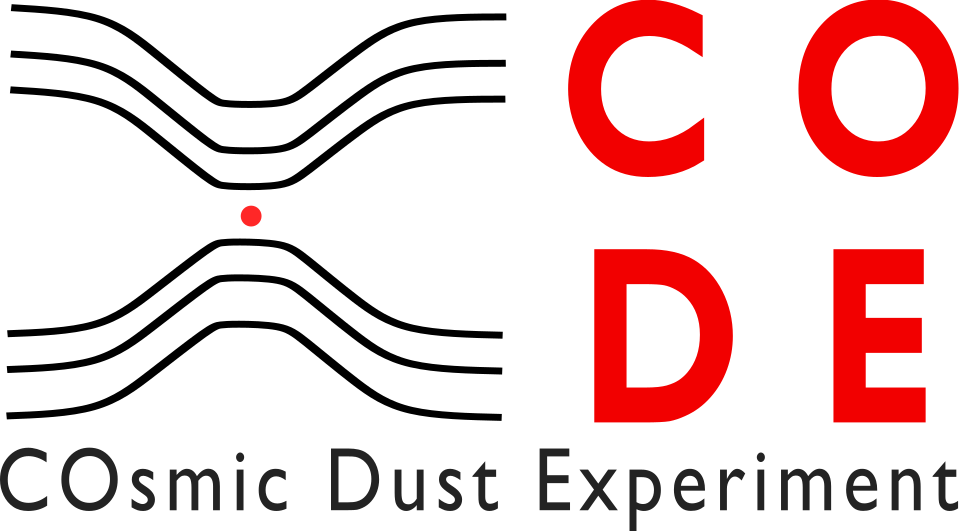

Quadrupole ion traps (QIT) have been developed since the 50's and applied to different disciplines. The idea is to use a radiofrequency potential applied to the ion trap electrodes to generate a dynamic electric field able to confine charged particles. The particle performs a micromotion inside the trap at a proper frequency, called secular frequency.
Once a dust particle is trapped it can be characterized by optical means. By illuminating the particle with a laser and performing the Fourier analysis of the scattered light we can obtain the secular frequency and measure the charge-to-mass ratio (Q/M). With an addition of an electron gun we can measure the absolute mass of the particle.
Knowing the mass of the particle, desorption processes of gas-phase species deposited on the solid particle can be studied. The difference in the measured mass with and without the gas-phase species will allow to determine its binding energy. Reactivity on the surface and sputtering processes can also be studied with the addition of proper instrumentation.
Study the processes occurring at the gas-solid interface and on the surface of grains.